Your face is more than just a reflection of your appearance—it’s also a window into your overall health. Subtle changes like puffiness, discoloration, or unexpected breakouts could be your body’s way of signaling an underlying health concern. While some of these signs may be harmless, others could indicate more serious conditions that require medical attention.
1. Persistent Puffy Eyes

We all wake up with puffy eyes after a night of poor sleep or after crying, but if the swelling doesn’t go away with rest, it might be a sign of fluid retention or kidney issues. The kidneys filter toxins from the body, and when they aren’t functioning properly, fluid can accumulate, particularly around the eyes.
Warning Signs:
- Persistent puffiness that doesn’t subside during the day
- Accompanied by fatigue, back pain, or urinary changes
- A history of high blood pressure or circulation problems
Video:
Discover the 18 Things Your Face Can Reveal About Deep Health Problems
If you notice these symptoms, consult a doctor to rule out kidney or heart problems.
2. Extremely Pale Skin

A sudden loss of skin color can indicate anemia, a condition caused by a deficiency of iron or vitamin B12. Anemia reduces red blood cell production, limiting oxygen circulation and giving the skin a dull, lifeless appearance.
Warning Signs:
- Pale skin, lips, or gums
- Frequent fatigue, dizziness, or shortness of breath
- Brittle nails or hair loss
A blood test can confirm anemia, and adjusting your diet or taking supplements may help.
3. Yellowish Skin and Eyes (Jaundice)
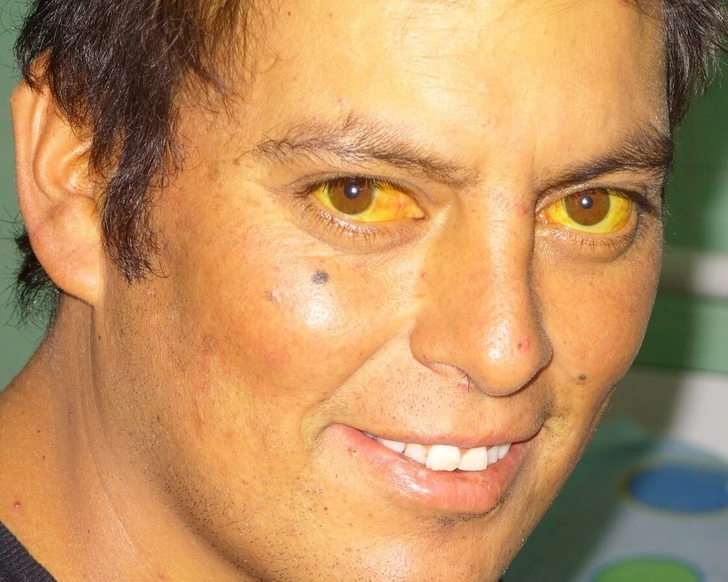
A yellowish tint on the skin or in the whites of the eyes may be a sign of liver disease. Jaundice occurs when bilirubin, a substance produced by the liver, accumulates in the blood due to liver damage or bile duct blockages.
Warning Signs:
- Yellowing of the skin and eyes
- Discomfort in the right upper abdomen
- Dark-colored urine or pale stool
- Loss of appetite or nausea
If you notice any yellowing, see a doctor immediately, as liver issues can be serious.
4. Sudden Appearance of Deep Wrinkles
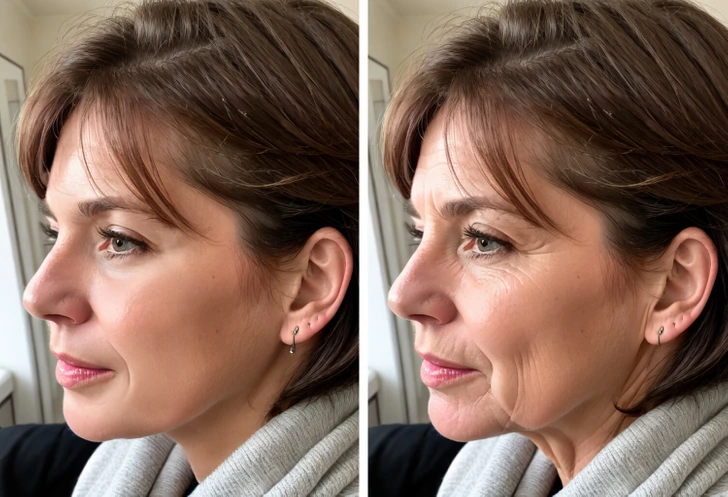
While wrinkles are a natural part of aging, sudden deep wrinkles can be a sign of severe dehydration or high cortisol levels from chronic stress. Stress breaks down collagen and elastin, accelerating aging.
What to Do:
- Hydrate adequately to keep skin supple
- Manage stress through meditation, yoga, or breathing exercises
- Eat antioxidant-rich foods to support skin health
5. Dry Mouth and Chapped Lips
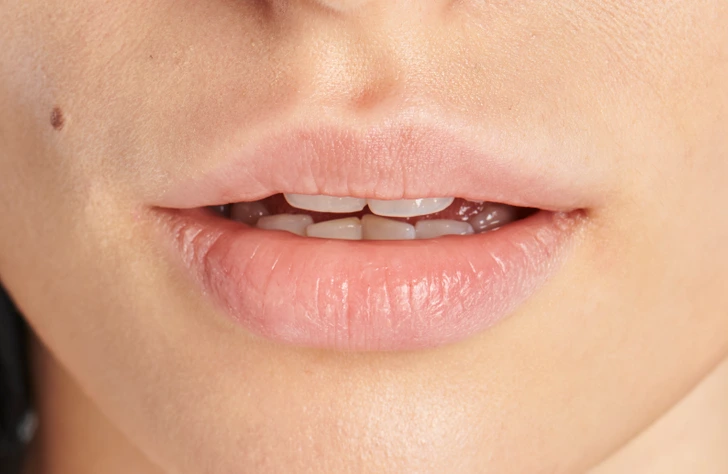
Cracked, chronically dry lips can be a sign of dehydration, vitamin B deficiency (especially B2), or diabetes.
Warning Signs:
- Persistent dryness despite drinking water
- Sores or cracks at the corners of the lips
- Itchy, burning sensations
Video:
6 Nutrient Deficiencies That Show Up On Your Face
If hydration doesn’t help, see a healthcare provider to check for underlying issues.
6. Sudden Changes in Skin Texture (Oily or Dry Skin)

An unexplained change in skin texture could signal a hormonal imbalance. Oily skin may indicate increased androgen levels, while dry, flaky skin could be a sign of thyroid dysfunction.
Warning Signs:
- Oily skin + acne = possible hormonal imbalance
- Dry skin + hair loss + fatigue = possible thyroid disorder
- Unexpected weight fluctuations
If these symptoms persist, consult an endocrinologist.
7. Persistent Acne or Skin Rashes
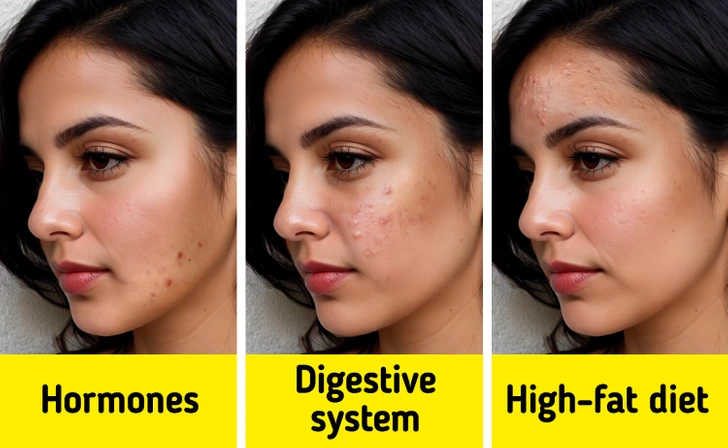
Occasional acne is normal, but breakouts in specific areas can indicate internal health concerns:
- Jawline acne – Often linked to hormonal imbalances in women
- Cheek acne – Can be related to digestive issues
- T-Zone acne (forehead, nose, chin) – May be triggered by a high-fat diet or stress
If breakouts don’t improve with skincare adjustments, consider seeing a dermatologist.
8. Excessive Facial Hair Growth (Women Only)
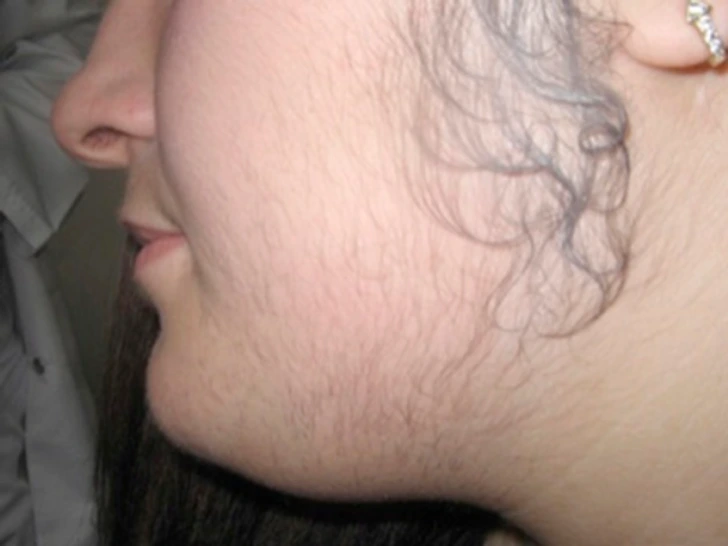
Unusual facial hair growth in women could be a sign of polycystic ovary syndrome (PCOS), a hormonal disorder that affects ovulation and insulin levels.
Warning Signs:
- Hair growth on the chin, cheeks, or neck
- Irregular menstrual cycles
- Unexplained weight gain or acne
If you experience these symptoms, consult an endocrinologist for hormonal testing.
9. New or Changing Moles
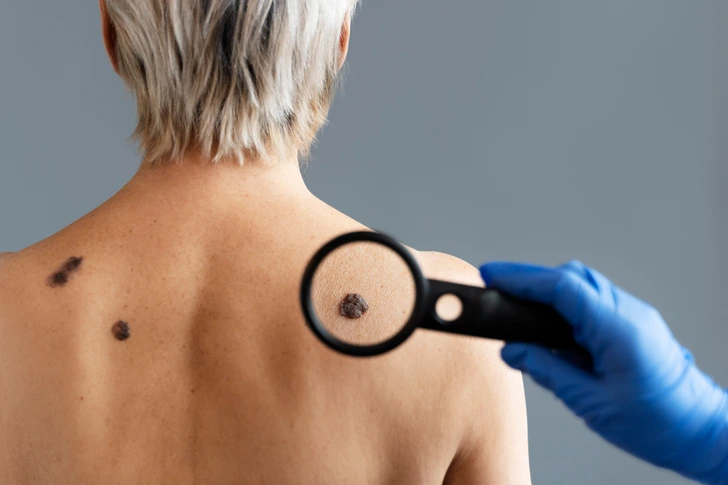
A new mole or an existing one that changes in color, size, or shape could be an early warning sign of melanoma, a form of skin cancer.
Use the ABCDE Rule to assess moles:
- Asymmetry – One half looks different from the other
- Borders – Irregular or blurry edges
- Color – Multiple shades or color changes
- Diameter – Larger than 6 mm (size of a pencil eraser)
- Evolution – Rapid changes in appearance
If you notice any of these signs, see a dermatologist immediately.
10. Dark Patches on the Skin (Melasma or Acanthosis Nigricans)
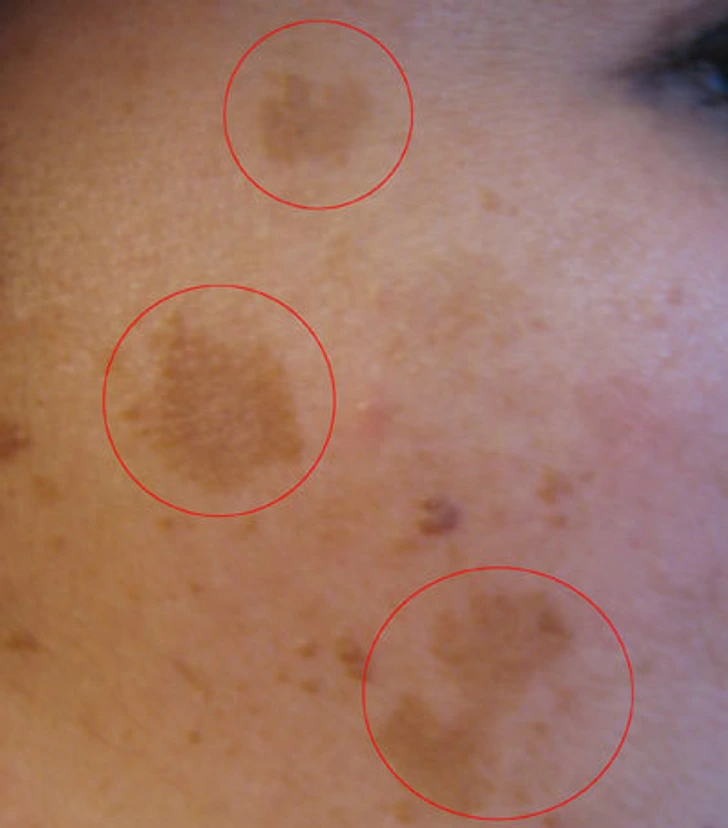
Melasma causes brown patches on the face, often due to hormonal changes, sun exposure, or birth control pills. Meanwhile, acanthosis nigricans, which appears as dark, thickened skin around the neck, armpits, or groin, may signal insulin resistance or diabetes.
Prevention Tips:
- Wear sunscreen daily
- Avoid excessive sun exposure
- Check blood sugar levels if you notice sudden skin darkening
11. Butterfly Rash (Lupus Indicator)

A butterfly-shaped rash across the cheeks and nose can be a sign of lupus, an autoimmune disease that affects multiple organs.
Warning Signs:
- Rash that worsens with sun exposure
- Chronic fatigue, joint pain, or fever
- Increased sensitivity to sunlight
If you notice these symptoms, consult a rheumatologist for an evaluation.
Bonus: What Darkened Skin on the Neck or Armpits May Mean
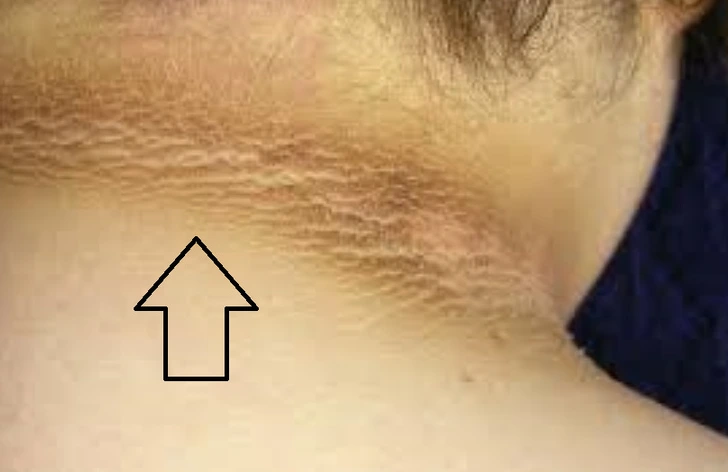
A velvety darkening of the skin in the neck, groin, or armpits could be a sign of insulin resistance, which increases the risk of type 2 diabetes.
Quick Check:
- Thickened, dark skin in folds
- Family history of diabetes
- Unexplained weight gain
If these signs appear, a blood glucose test is recommended.
Final Thoughts: Your Face Tells a Story About Your Health
Your skin and facial features can reveal important clues about your well-being. While many of these signs may be harmless, some may indicate underlying health conditions that require attention.
Early detection is key to preventing serious health problems, so if you notice persistent or unusual changes, don’t ignore them. Listen to your body, pay attention to what your skin is telling you, and seek medical advice when necessary.


